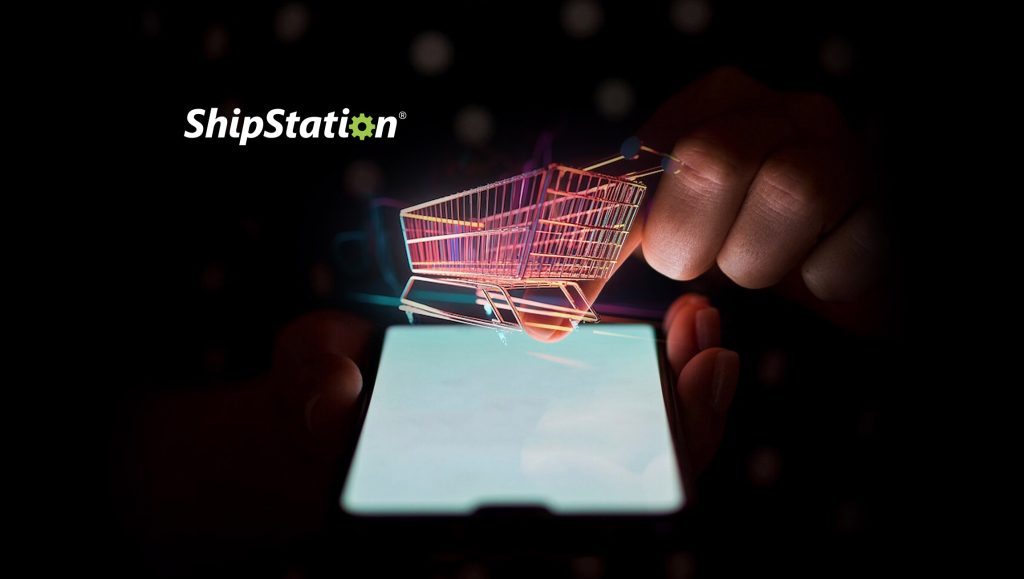Research from ShipStation and Retail Economics reveals the power behind ecommerce experiences that blend physical storefronts, social media, and AI
A new study suggests that 73% of U.S. consumers blend online research, physical store visits, and options like buy-online-pickup-in-store or in-store returns before making purchase decisions. ShipStation and Retail Economics’ research takes readers through the modern customer journey, outlining the growing importance of omnichannel strategies and where retailers may be falling short of new consumer expectations.
“For retailers, the pressure to be everywhere their customers are has never been greater,” said Al Ko, CEO of Auctane, parent company of ShipStation. “Due to increased choice and tighter wallets, consumers are more selective about the brands they shop with and will settle for nothing less than a unified experience across websites, physical storefronts, marketplace channels, and social media.”
“Seamless integration across all these touchpoints – alongside an on-time, right-price product delivery – is no longer optional, but essential for survival,” Ko continued. “With this report, we aim to empower retailers with the information they need to navigate this shift, implement omnichannel strategies, and achieve sustainable growth.”
Key findings include:
Physical Touchpoints Take Center Stage: The report reveals that a staggering $448 billion in online sales across the United States and Canada are dependent on physical touchpoints – like in-store browsing, buy-online-pickup-in-store (BOPIS), or in-person returns – accounting for 41% of total online sales in these regions.
Social Media and AI Emerge as the New Search Engine: Globally, consumers aged 45 and under are nearly four times more likely to report researching products on social media compared to older generations. A quarter of surveyed U.S. consumers were also open to using AI-powered chatbots to research products before making a purchase.
Fast and Free Delivery Landscape: Regardless of where they discovered a product, consumers still expect fast and affordable deliveries for online purchases, with 60% of those surveyed in the U.S. expecting free shipping to take two days or less, a speed only one-fourth of surveyed retailers in the U.S. and Canada currently provide. Meanwhile, over half of all surveyed retailers cite rising shipping costs as the main threat to their performance, and a net balance of 34% plan to increase their delivery charges in 2024, up from 28% a year ago.
Returns Remain a Complex Issue: Convenient returns are important to consumers, but printing out a shipping label and dropping a return off with a carrier holds little appeal. 80% of surveyed U.S. consumers prefer alternative return means, like having a parcel service pick up their return from their home, using third-party drop-off locations (such as kiosks or lockers), or visiting the physical store of the brand to make a return. Meanwhile, only a fifth (19%) of surveyed retailers offer out-of-home returns options.
The report goes beyond outlining behaviors; it uncovers opportunities for businesses to combine digital and physical touchpoints to improve their omnichannel presence and ultimately grow their businesses.
Read More: SalesTechStar Interview with Eran Hollander, Chief Product Officer at HungerRush





















